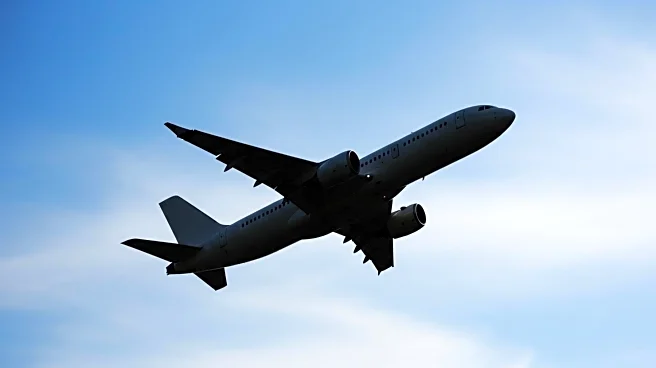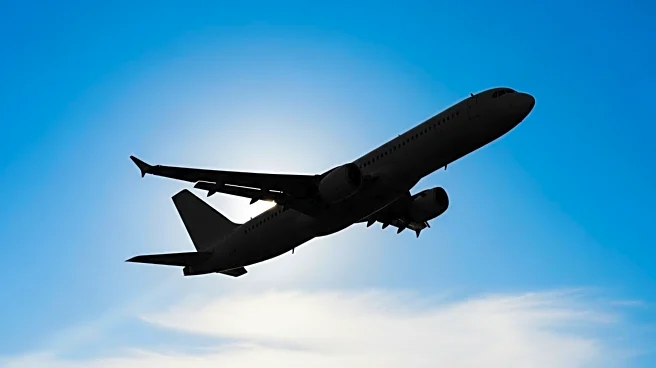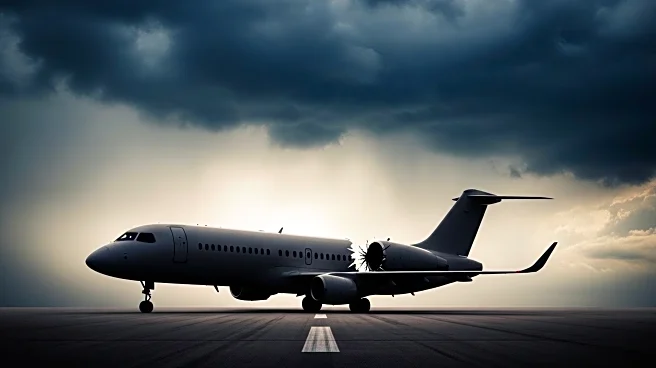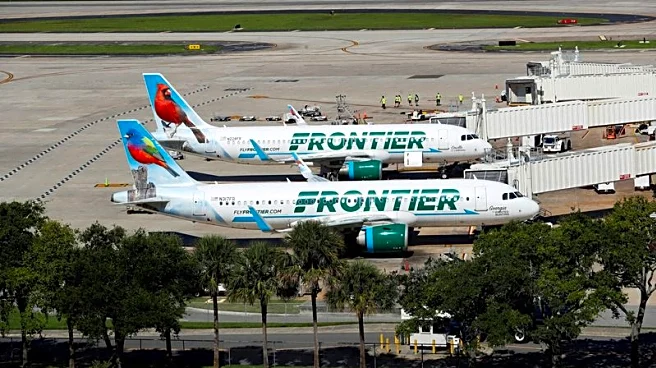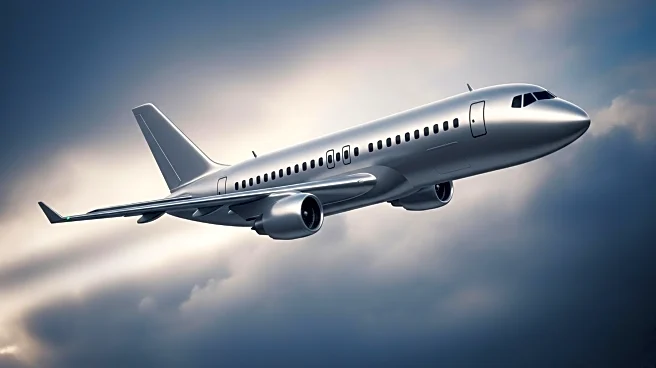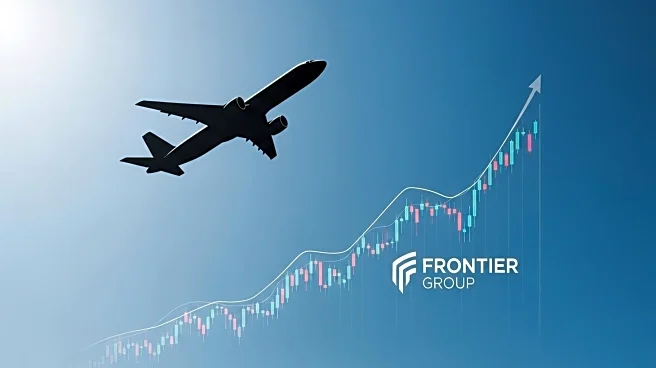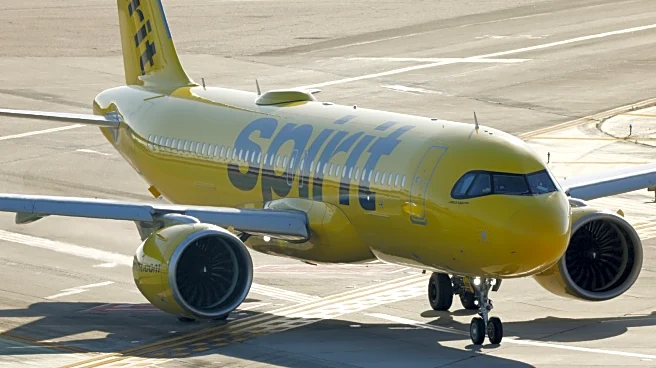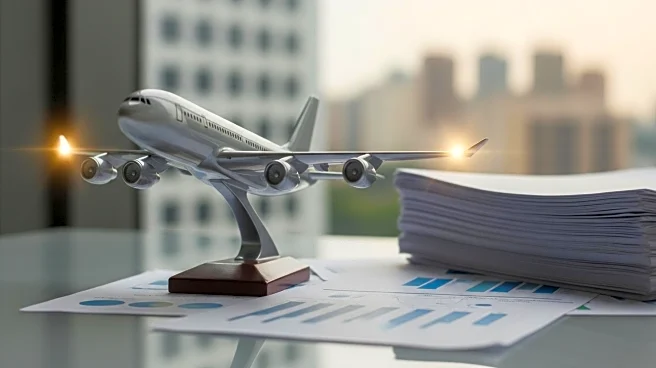What's Happening?
Spirit Airlines, known for its ultra-low-cost model, is experiencing increased competition from larger airlines that are adopting similar low-cost strategies. This shift is challenging Spirit's market position, as it struggles with fleet issues and a decline in leisure travel demand. The competitive landscape is evolving, with major carriers leveraging their resources to offer competitive pricing, thereby eroding Spirit's traditional advantage in the low-cost segment.
Why It's Important?
The intensifying competition in the airline industry could lead to significant changes in pricing strategies and service offerings. For Spirit Airlines, this means potential revenue challenges and the need to innovate to maintain its market share. Larger airlines adopting low-cost models could reshape consumer expectations and industry standards, impacting profitability for smaller carriers. This development may also influence future mergers and acquisitions within the sector as companies seek to strengthen their competitive positions.
What's Next?
Spirit Airlines may need to reassess its business model and explore strategic partnerships or operational efficiencies to counteract the competitive pressures. The airline industry could see further consolidation as companies strive to optimize their operations and expand their market reach. Stakeholders, including investors and consumers, will be closely monitoring how Spirit and other low-cost carriers adapt to these changes.


